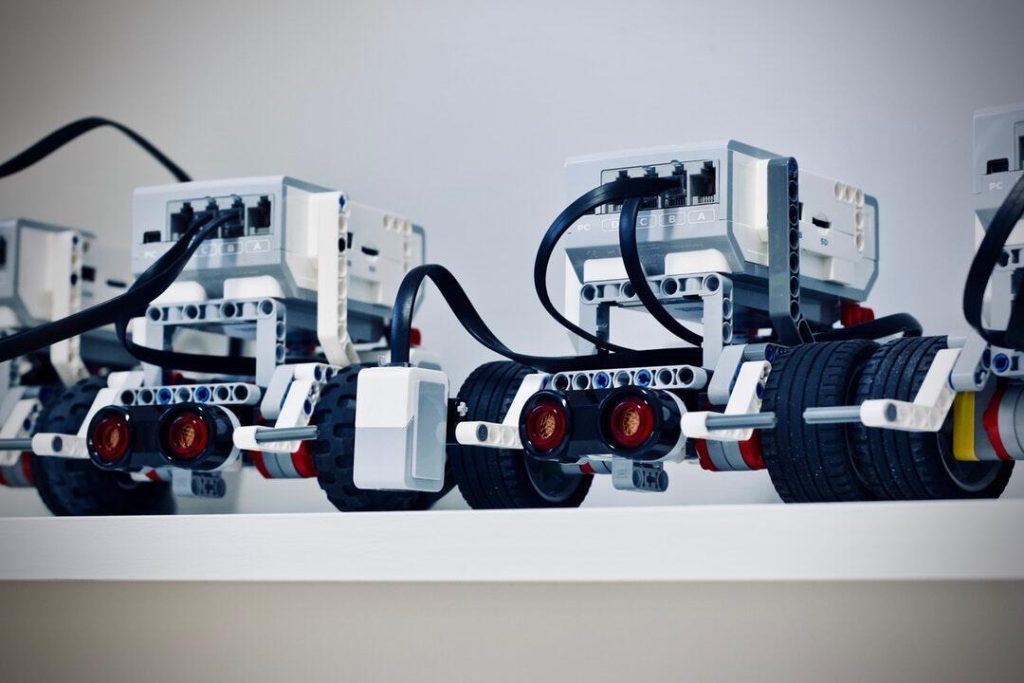Competing in the FIRST Tech Challenge (FTC) is an exciting adventure. It’s full of discovery and teamwork. However, building a winning robot for competition is no small task.
With so many factors at play, it’s easy to feel overwhelmed. Have you ever thought about what makes a robot not just functional, but successful in the competitive arena?
The following guide will explore essential tips to help you build a robot that stands out in competitions, ensuring you are well-equipped for the challenges ahead.
Understanding the Basics of FTC Robotics
The first step to success in any competition is understanding the rules and requirements. FTC has strict guidelines regarding robot size, weight, and functionality. Knowing these details is crucial before you even start to build your robot.
Robots in FTC competitions must fit within a specific size, typically an 18-inch cube, when starting the match. However, once the robot is on the field, there are often no restrictions on its ultimate size.
Weight limits often hover around 30 pounds. Knowing these parameters helps your robot meet competition requirements. This way, you can avoid disqualification.
Design Your Robot with a Purpose
Once you have a handle on the competition’s rules, the next moving piece is designing your robot. A great way to begin is by identifying the specific tasks your robot needs to perform during the event.
The tasks can include picking up objects, navigating obstacles, or collaborating with other robots. Sketching out your ideas can help you visualize the potential design of your robot.
To build an effective robot, consider its purpose. Will your robot focus on speed, precision, or versatility in these tasks?
Using CAD (Computer-Aided Design) software is helpful. It lets you adjust different parts and see the robot’s design. This way, you can plan better before starting to build.
Selecting Components Wisely
Picking the right parts for your robot is key to top performance in competitions. Consider factors such as weight, functionality, and compatibility with your design.
Additionally, look for off-the-shelf components that fit your design requirements. Many seasoned FTC teams utilize integrated kits that provide various parts specifically designed for building effective robots. Kits often include motors, sensors, and structural components that streamline the building process.
For those just starting out or looking for a foundation, consider exploring the FTC starter bot resources available. These guides can provide a launchpad from which to develop your own imaginative creations.
Building Your Robot with Strong Structural Integrity
The structural design of your robot can influence its performance drastically. A robot that is too heavy or poorly balanced will struggle during competitions.
Building a lightweight but sturdy frame is crucial. Consider using materials like aluminum, which are both lightweight and robust.
Always test the structure of your robot as you build. Ensure that joints and connections are secure, as loose components can result in failure during critical moments in competitions. A well-built structure will not only support your components but also help maintain balance during operation.
Incorporating Sensors for Enhanced Performance
Sensors can dramatically impact your robot’s performance during competitions. They allow your robot to detect and respond to its environment, making it more interactive on the field. Common sensors used in FTC include distance sensors, gyroscopes, and accelerometers.
Consider strategically placing sensors to enhance your robot’s functionalities. For example, distance sensors placed on the front can help navigate obstacles, while gyroscopes can aid in maintaining balance. The more data your robot can collect about its environment, the better its ability to perform intricate tasks, leading to greater competition success.
Programming: The Brain of Your Robot
Once your robot is built, programming comes into play. A well-programmed robot can execute tasks with precision and speed, translating your design ideas into action. Understanding the programming framework used in FTC is crucial for successful implementation.
Start with simple programs, focusing on specific tasks and gradually building complexity. Debugging is an essential part of this process, as identifying errors early can save time later. Understanding basic programming concepts will provide your robot with intelligent decision-making capabilities during competitions.
Testing: The Key to Success
Testing is perhaps one of the most critical steps in the competition preparation process. After building and programming your robot, put it through its paces in practice runs. Observe how it performs during simulated competition scenarios, making any necessary adjustments based on its behavior.
Invite classmates or team members to watch your test runs, as they may offer valuable feedback or identify issues you may have overlooked. Document your testing process, noting areas that require adjustments or improvements.
Understanding Strategy in Competition
While having a solid robot is essential, it’s equally important to develop a strategic plan for competitions. Identify how your robot can best contribute to your team’s overall goals and communicate effectively with team members during the competition.
This may involve determining which matches to focus on, which strategies to employ, and how to work together with other teams effectively. For example, some competitions encourage alliances between teams, so having a strategy for partnership can be the key to unlocking additional points.
Emphasizing Teamwork and Communication
Building a robot isn’t just about the mechanical aspects; teamwork and proper communication play significant roles in your success. Collaborate closely with your teammates, ensuring that everyone understands their roles and responsibilities during both the build and competition phases.
Regular meetings to discuss progress and challenges can help maintain focus and drive. Everyone’s input should matter, encouraging creativity and fostering a positive atmosphere. The collaboration can lead to innovative solutions that might not emerge from solo efforts.
Learning from Each Competition
Every competition provides a learning opportunity. Regardless of the outcome, take time to analyze what went well and what didn’t. Gathering insights after each match can help you refine your approach and improve your robot for future competitions.
Document your experiences and compare them over multiple competitions. Over time, you will discover patterns in your strategies and possibilities for improvement, leading to a continually evolving application of your building skills.
The Path Forward: Building for Success
As you embark on the journey of building your FTC robot, remember that the most successful teams put passion, creativity, and continuous learning into their designs. By focusing on strong design principles and teamwork, you can see measurable success in your competitions. Embrace the learning process, and you’re sure to find yourself achieving not only in competitions but in many areas of life.
Don’t forget to visit our website and read more.







